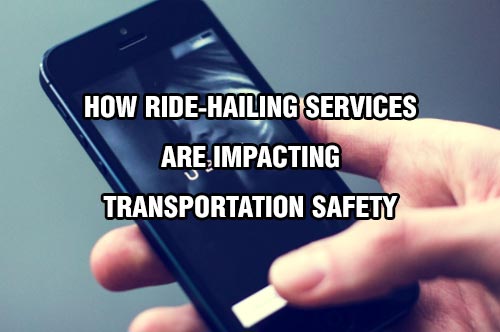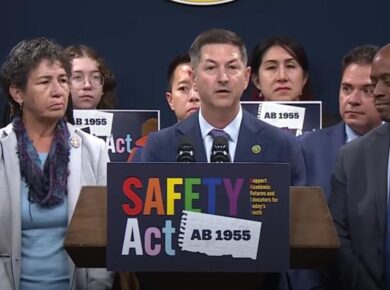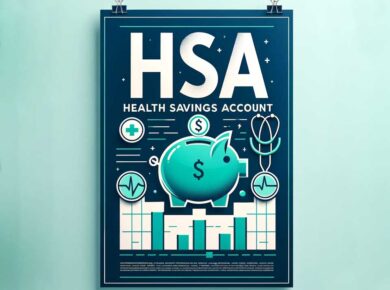Imagine a business that has not only come up with a product or service that its customers love, but by the very fact that people use their service, they are helping to make for a safer society. It is an attractive claim to be able to make, and it is one that you may hear from Uber.
On the Uber website, they make the claim that ride-hailing services help to reduce drunk driving by making it easier for people to find a ride after a night out. On its face, this claim seems intuitive and it is something that we would all want to believe: that an innovative business came up with a product that is not only convenient, but that it also helps to solve a major problem for society.
Thousands of people are injured or die every year as the result of accidents that involve drunk driving. As a society, it is important for us to find ways to curb drunk driving and make our roads safer. Ridesharing services like Uber may have some role to play in reducing the number of alcohol-related car accident injuries, but it is a problem that is much more complicated than providing people with an easy way to catch a ride.
Does Uber have a measurable impact on drunk driving incidents?
In their partnership with Mothers Against Drunk Driving (MADD), Uber participates in efforts to prevent drunk driving. They also do have some statistics to indicate that their service does help to prevent drunk driving. Survey numbers from the website do appear to indicate that people are less likely to drink and drive when it is easier for them to call for a ride.
A look at the numbers paints a much more complex picture. An October 2017 study published in the American Journal of Epidemiology came to some interesting findings. In this study, researchers looked at the effect of Uber in four US cities: Portland, Oregon, Las Vegas, Nevada, Reno, Nevada and San Antonio, Texas.
The researchers chose to look at numbers from cities where Uber launched, the service ceased for a time, and then they resumed operation in the city. The idea is that they would see changes that are more substantial in areas where Uber was resuming service after a temporary break, rather than in an area that is having a first-time launch.
One of the key findings of this research was that Uber’s impact is felt differently in different cities. As an example, when Uber resumed service in Portland, the city saw a 61.8% reduction in alcohol-related car accidents, but there was no noticeable change in the numbers for Reno, Nevada. This suggests that there are several factors within an environment that determine whether access to Uber in a given city is going to make a difference in regard to the number of alcohol-related crashes.
For a city that is a tourist destination like Las Vegas, the effects are likely to differ greatly from cities that have less tourism. Tourists are much more likely to use Uber or ride on public transportation than they are to drive a personal vehicle.
In other cities, you might have to consider factors like traffic congestion, the availability of parking, the overall topology of the city and how strictly drunk driving laws are enforced. In a city where it is difficult to get around or find affordable parking, people will be more likely use a ride-sharing service like Uber when they go out.
Does Uber make the roads safer?
In some cities, Uber had a major impact, and in others, the impact may be next to nothing. Even if it only reduces drunk driving a little bit, that should be considered a good thing. However, the most important question is whether the service actually makes the roads safer.
This is another area where the study uncovered some interesting facts. You would assume that an overall reduction in drunk driving would lead to roads that are safer. The trouble with this assumption is that even in the cities that saw a significant decrease in alcohol-related accidents, there was no reduction in injuries caused by other types of car accidents.
The study’s authors are not sure why the number of injury crashes stayed the same while the number of alcohol-related crashes went down in some cities, but it indicates that other types of injury accidents increased as Uber resumed service in these cities.
One possible explanation that is hypothesized in the study is that an increased use of ride-hailing services could lead to more accidents overall. Since rideshare drivers need to continually monitor a mobile device as a part of their job, it puts them at a greater risk for distracted-driving accidents.
The impact of distracted driving
No study has yet to look into the possibility that ridesharing drivers might be more likely to get into accidents that are the result of distracted driving, but it could answer the question of whether ride-hailing services make for safer roads. If we could compare the reduction of alcohol-related crashes to the number of ridesharing drivers that get into accidents as the result of distracted driving, we might be able to perform a better risk analysis.
For people that have been drinking, it is important that they find a ride with a driver that is not impaired. A service like Uber does make that easier, and that is a good thing. However, there could be other problems that come with the service.
As a society, we need to ask whether it is safer to have these ridesharing drivers on the road and if they might be more likely to engage in distracted driving. If they do engage in distracted driving, we then need to look for ways to limit this behavior among these drivers and consider whether any decrease in alcohol-related accidents is being offset or possibly surpassed by an increase in accidents that might be caused by the ridesharing drivers.
Author: Rae Steinbach




